Description of the variety of garden blueberry "Northland"
The popularity of Northland garden blueberry among summer residents is fully justified by its characteristics. The variety is distinguished by increased frost resistance, therefore it grows well even in the northern regions of Russia. The shrub has a long productive period and, with proper care, the yield remains high for many years.
Sometimes the name of the variety "Northland" is written as "Nord Land". It was bred and registered in the United States in 1952; registration in Russia was made in 1967.
Description and characteristics of the variety
When breeding Northland blueberries, the breeders used a tall variety and a compact hybrid as a parental pair. As a result, the daughter plant is of medium size.
Detailed description of the variety:
- The height of an adult bush reaches a maximum of 1.2 m.
- The Northland blueberry has a powerful trunk and a sprawling dense crown.
- The root system is fibrous, shallow, without sucking hairs.
- The shoots are erect, painted green, and hold the snow load well.
- The size of the leaves is no more than 3 cm in length.
- The surface of the leaf plates is smooth and shiny.
- The color of the leaves is bright green in summer, red in autumn.
- The flowers are small, bell-shaped, pale pink in color, collected in a brush.
- The berries are light blue with a bluish bloom, up to 1.6 cm in size.
- The pulp of the fruit is firm, sweet, with a pronounced aroma.
The flowering period begins in May and lasts about 3 weeks. The variety is mid-season - you can start harvesting in mid-July. The berries are removed every 2–3 days for 2 weeks. This must be done, as ripe blueberries tend to shedding.
The fruits can be eaten fresh and used for making compotes, preserves, jam. Berries do not lose their beneficial properties after freezing.
The shrub enters fruiting in the second year of planting. On average, 4-5 kg of berries can be obtained from one plant. With especially careful care, you can achieve an increase in yield by 1.5-2 times. The productive period of Northland blueberries lasts up to 30 years.
In the fall, the plant becomes very elegant and decorates the site with its appearance, you can plant a shrub near the entrance to the house or near the gate, and it will also carry a decorative function.
Potential diseases and pests
The variety is characterized by increased resistance to diseases typical for the culture. It is possible that the shrub is affected by a fungus, but only if agricultural technology is violated. In this case, blueberries may develop:
- stem cancer;
- gray rot;
- physalosporosis;
- moniliosis.
It is better to dig up a diseased bush and dispose of it by burning.
It is imperative to carry out preventive spraying against pests. Blueberries are usually parasitized by:
- kidney mite;
- aphid;
- color beetle.
Before the start of fruiting, the shrub is periodically treated with a suitable insecticide, it is better to use biological products ("Aktofit", "Fitoverm", "Summer resident"). During the ripening period of the berries, pests can be scared away by dusting the bush with tobacco dust or processing with plant infusions (wormwood, tomato tops, dandelion leaves and roots).
Advantages and disadvantages of Northland blueberries
Blueberries "Northland" have many advantages that allow you to make a choice in its favor for many decades. The main advantages are:
- resistance to severe frosts (up to -35 ° C);
- earlier onset of fruiting;
- compact size of the bush;
- excellent commercial quality of berries;
- high productivity for many years;
- disease resistance;
- unpretentious care;
- decorative appearance.
To take advantage of all the advantages of the variety, it is necessary to take into account a number of conditions necessary for "Northland" for abundant fruiting.
The disadvantages of this blueberry include:
- poor drought tolerance;
- the need to protect the bush from drafts and strong winds;
- slow rooting process of seedlings.
In addition, if only one bush is planted on the site, there will be no high yields. Several specimens need to be planted nearby to allow for cross-pollination.
Like any other blueberry, "Northland" requires planting in soil with a high acidity. The pH level must be constantly monitored and action taken if it drops.
Features of agricultural technology
In order for a shrub to successfully develop in one place for many years, you need to carefully choose a site for planting, observe the timing of this procedure and provide the plant with appropriate care in the future.
Choosing a landing site
A landing site should be selected in advance. It should be located in a sunny, wind-protected place. Blueberries should not be planted after vegetable crops or in areas where fresh organic fertilizers have recently been applied. Wild grasses are the best precursor for the shrub.
Rhododendrons, azaleas, hydrangeas can be located nearby. In no case should you plant blueberries near raspberries, gooseberries and currants. Tall trees should also not be nearby: they will shade the shrub, and as a result, the berries will turn out to be sour.
Loose nutrient soil rich in humus is suitable for this culture. The land should be dug up in advance and loosened well.
Selection of seedlings, planting dates
Seedlings with a closed root system, the age of which is 2 or 3 years, take root best. To buy them, you should go to a large garden center or a reliable nursery. The plant must be healthy, as indicated by the condition of the roots and the appearance of the shoots:
- the blueberry root system should be well developed (in this case, the roots will look out of the drainage holes of the container);
- normally, the shoots have a uniform green color;
- there should be no traces of mechanical damage or suspicious stains on the branches.
Planting and replanting blueberries is best in the spring, as soon as the ground thaws, or in early autumn. Autumn planting is practiced mainly in the southern regions; in colder regions, a newly planted shrub may not have time to root and will suffer in winter as a result.
Landing procedure
Before planting, the root system of the seedling is examined. If the roots are bent upward, the seedling is soaked in water for 30-60 minutes. After that, you can start planting.
The step-by-step procedure is as follows:
- A planting pit is prepared with a depth of 60 cm and dimensions of 50x50 cm.
- A drainage layer is laid on the bottom. It can be coarse sand or small softwood blocks.
- Then the pit is filled with a mixture of peat, forest litter, humus, rotten sawdust, fertile soil. The earth should be covered with a mound.
- A seedling is placed vertically on the prepared hill and the roots are straightened (the root collar should be deepened by 4–5 cm).
- After that, the pit is covered with earth and lightly tamped.
- From above, the root zone must be mulched with peat, rotten sawdust, and bark.
After planting, the blueberries are watered. If necessary, the water is acidified with citric acid (40 g per 10 l of water).
When planting blueberries in one row, maintain a distance of 1.5 m between the bushes. Row spacing should be at least 2–2.5 m wide.
Further care of blueberries
After planting blueberries, the necessary conditions for their growth should be maintained. Standard care includes:
- regular watering (the ground should always remain slightly moist);
- timely feeding (2-3 times a season with mineral complexes for berry crops, starting from the second year of planting);
- loosening the soil (after each rain or watering);
- mulching (replacing the material with fresh material several times a year).
Periodically, using litmus, you should check the acidity of the soil and, if necessary, restore the desired level by pouring sour water on the blueberries. The indicator should be in the range from 3.5 to 4.5 pH.
In an alkaline environment, mycorrhiza, which is in a symbiotic relationship with the roots of the plant, dies, the shrub ceases to normally absorb nutrients. First of all, the manifestations of a lack of nitrogen on the leaves will be noticeable - signs of chlorosis will appear (the leaf plate will turn yellow, the veins will remain green).
Starting from the 4th year of life, they carry out formative and then rejuvenating pruning of the shrub, but you should not get too carried away with this. Sick and broken branches are also removed at the same time. Shoots that have reached the age of seven are cut completely, five-year branches are slightly shortened. It is best to carry out the procedure in early spring, before the active movement of juices begins.
In harsh climates, it is better to cover the plant for the winter, despite its frost resistance. As a shelter, you can use:
- burlap;
- spunbond;
- lutrasil.
It is not recommended to use a film for this purpose. For convenience, blueberry branches are first lifted up and tied.
It is better to survive the winter for the shrub to help top dressing with a high content of magnesium, it is applied in the last days of summer. Spring and autumn treatments of bushes with 2% Bordeaux liquid will serve as prevention of fungus. The solution will need to spray the plant and shed the earth in the near-stem circle.
The disadvantages of the Northland garden blueberry are more than offset by its advantages. That is why the variety remains at the peak of popularity for many years. The shrub begins to bear fruit early and gives excellent yields. This blueberry has an excellent taste. You just need to maintain the moisture and acidity of the soil at the required level, protect the plant from pests, and do not forget about feeding.
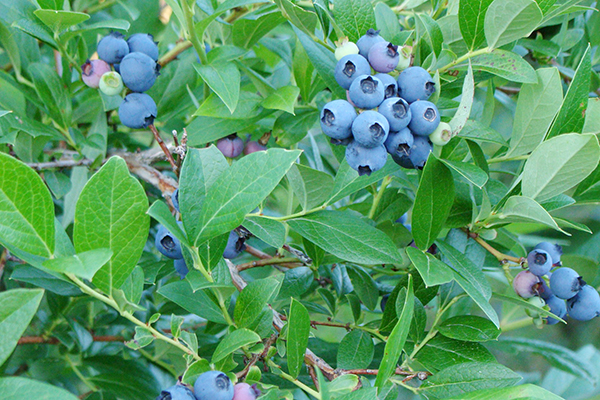
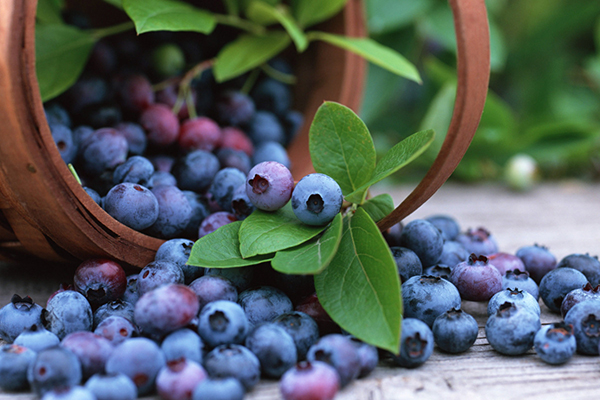
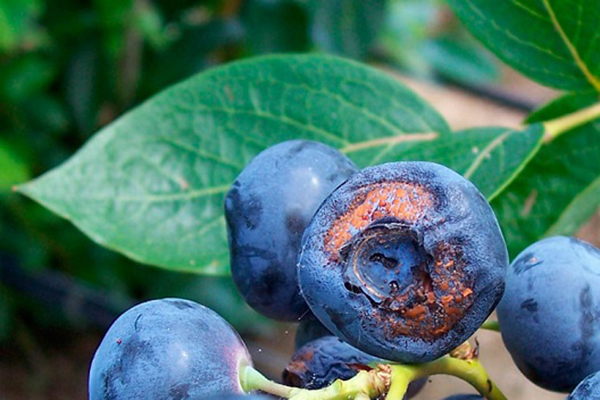

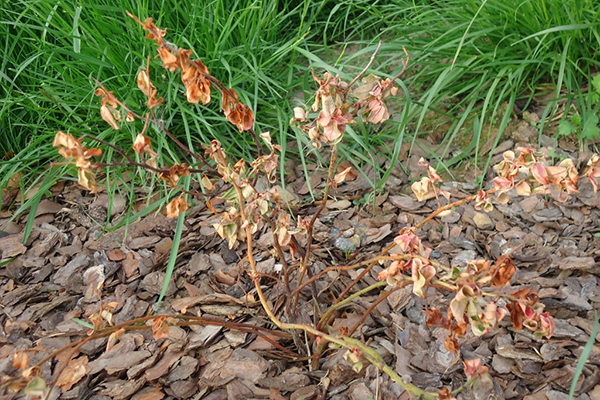
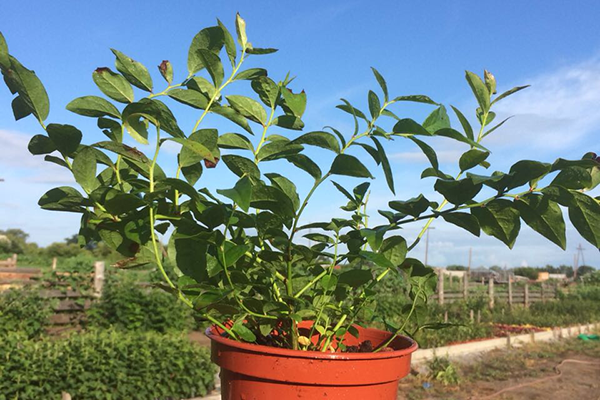
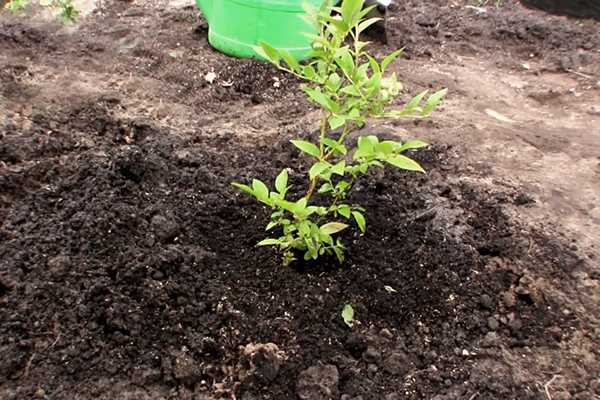
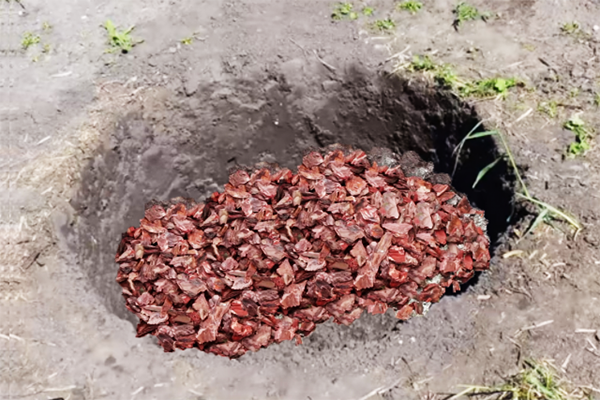
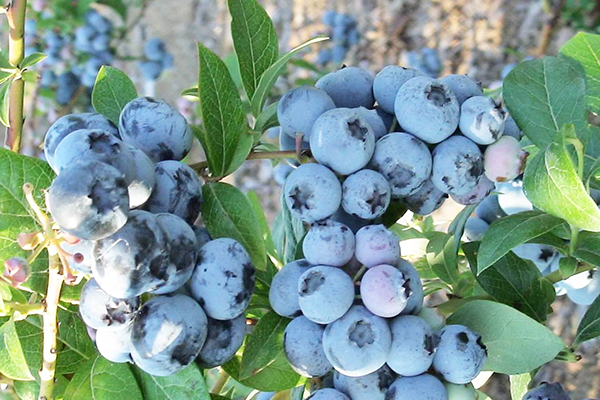

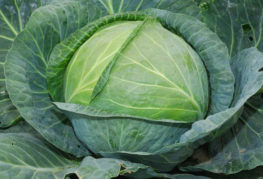
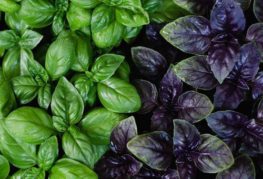
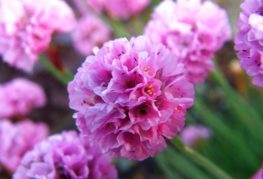
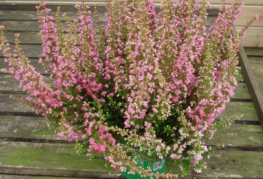
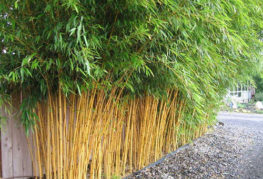
and will be published shortly.